This guest post is written by Thierry Pul, one of the founders of Purple Pill VR, a production house for cinematic VR content. His technical background in Engineering at the TU Delft allowed him to design and build his own 3D printed stereoscopic 360º camera system.
My Love/Hate Relationship With 3D Printing
Yes, we at Purple Pill developed a camera that can film on all sides at the same time in stereoscopic 3D, and we were crazy enough to open-source these designs. Now everyone with an idle 3D printer can print their own 360º stereoscopic virtual reality camera system. In this article we share some valuable tips and tricks we learned during this process.
Let’s get things straight, 3D printing is not as easy as it sounds. 3D printers are like puppies; you take care of them, feed them, take them out for a walk, and they are almost hypnotising to look at, but in the end they will still crap on your carpet until you get them housebreak. It’s the same with 3D printers; you have to maintain them, feed them with quality filament, then train them to get a good final result, and believe me, they are definitely hypnotizing to look at, but are hard to tame.
Don’t get me wrong 3D printing is great and will be a game changing technology in the upcoming years. But because I don’t want you to make the mistakes I made, I will give you some tips that will come in handy when you are printing your own 360 camera rig. For everybody that is not an expert in 3D printing, you can skip till the end where you can find the G-code files and print settings, but I suggest everybody who is new to 3D printing to stay with me.
Cost vs. Maintenance
There are a lot of 3D printers available these days, but most home 3D printers range in price between $1800 dollars and $3000 dollars. More expensive does not always mean it is a better printer, most of the time they have the same building platform and the same print resolution and they all have the same steep learning curve.
Where they differentiate is the necessary maintenance, print speed and build quality. We at Purple Pill VR use two different models of 3D printers: the Ultimaker 2 and the Leapfrog HS. If you like to know what the inside of a 3D printer looks like, get an Ultimaker, because you have to deal with clogged nozzles, burned temperature sensors and filament that won’t get through the extruder because it has a filament feeder that comes straight out of a surprise egg.
I know the Ultimaker is a 3D printer that you have to modify to get it working properly, but I really can come up with 100 fun activities, and none of them include fixing a 3D printer that should have worked in the first place. So if you have some money to spend, buy a Leapfrog, because it will save you both time in maintenance and print speed. On top of that, they are built as a tank, come pre-calibrated, have very good support systems, and have a bigger building platform. This last feature allows you to print bigger objects in one print, instead of having to glue them together afterwards..
